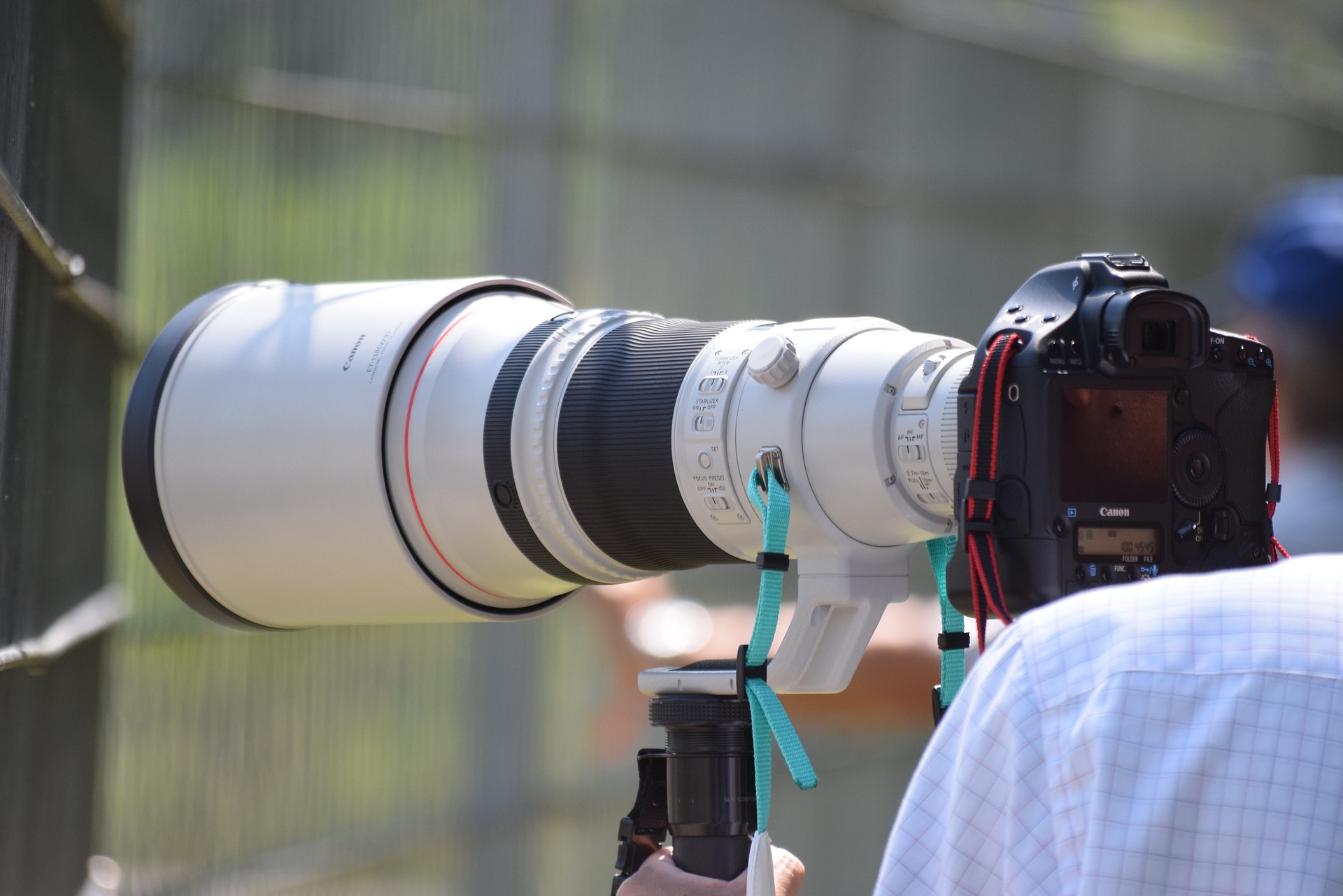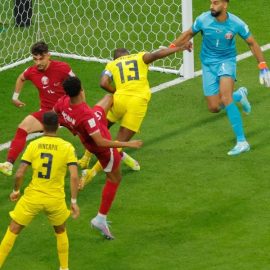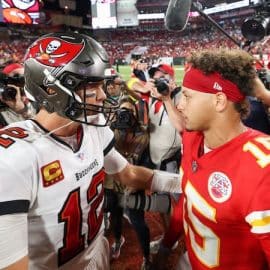Introduction
Sports photography is not just about clicking sportsmen and athletes. There are many more things to care about, if you’re serious into the job.
To let you have a smooth start, we’ve come up with three sorts of sports photography tips and techniques.
Take a few minutes of break, and go through this quick but impactful list of photography techniques-
14 Sports Photography Tips and Techniques
Alright, it’s time for the main course. Here, we’ve collected a massive list of 21 effective, and actionable sports photography tricks and techniques. Let’s go through them one by one-
Tips 1-4: Preparing Yourself
- Make yourself easy and comfortable with the rules of the games. Because, this will help you to understand the crucial and most happening moments of the sports. And that’s what you want to shoot, right?
- Be 100% familiar with all the functions and controls that your photography gear has. No matter it’s simple action sports camera, or bulky DSLR models, there are tons of things to keep in mind. So, give yourself enough time to learn that at first place.
- Try to seek variations in the photo modes. What we mean is, try to seek emotional moments, action moments, award ceremonies, practice sessions, etc. They all are parts of sports indeed.
- Determine your shooting positions pretty well. Do a bit of research and study on what will be the perfect viewpoints for you and your photography gadgets.
Tips 5-10: Technical Advice
- Master yourself on the uses of three basic parameters of photography- Aperture, Shutter Speed and ISO. Having a firm control over three of these factors might give you a swift boost when you’re shooting sports.
- Try your best to tell stories through your photos. See, each of the minutes of a sports is full of moments and events that have behind the stage stories. A shot of team meetings, or players consoling each other- etc can literally be the storyteller itself.
- Shoot at fast shutter speed. In case you want to freeze any catchy moments, you might stick to a shutter speed of 1/500s or so.
- Using high-quality zoom lenses is a sports photography 101. Due to the lack of enough magnifying power, your photographs might turn pale, fade or even blurry. And as a sports photographer, no one wants that at all.
- Don’t use flash while capturing. First of all, there is an abundance of light around the sports ground. So you don’t need to use flashes. Secondly, it’s quite an irritating thing for the audience, athletes or anyone whom you focus your camera at.
- Use wide angle lenses while you’re not allowed to get too close to the athletes. Especially for outdoor sports and action sports, it’s a mush to shoot through wide angle lenses.
Tips 11-14: Ethics and Safety
- While taking a sports photographs, you and the athletes are not the only people around there. There are spectators, coaching staff, security persons, and many more people. Make sure that you are not getting into any troublesome situation with them.
- Don’t invade into the privacy of your photography subjects. Apart from the actions and emotions, there is some moment that both athletes and spectators won’t like to show in public. Respect this privacy right of them, and don’t violate it anyway.
- Be a ‘hawk eye’ at the job. We don’t mean it in the realm, but we want you to be aware of things going on around you. No matter it’s for the sake of safety or sports, having a keep eye always helps you with your job.
- Take your photos through a professional editing process. Analyze the photos that you’ve taken and made a shortlist. Then take them through professional editing software for best performance. If you’re not up to this work, hire a freelance editor instead.
Add The Sports Daily to your Google News Feed!







